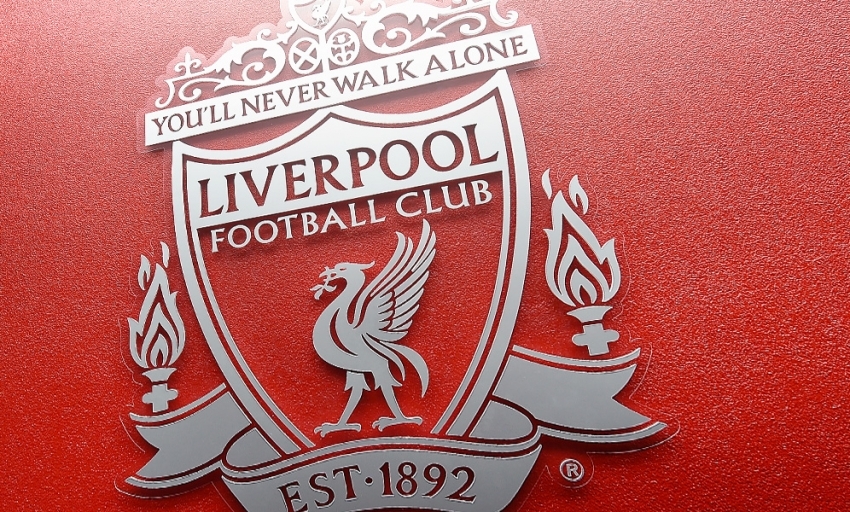Hillsborough inquests - June 16
The Hillsborough inquests commenced on March 31, 2014 and are the subject of reporting restrictions that have been imposed by the Attorney General's office. Liverpool Football Club is respectful of these restrictions and will therefore only be making available updates from other media channels for the duration of the inquest.

To view archive reports from each day of the inquest hearings, click here.
Courtesy of Press Association - June 16
The man in overall charge of stadium safety at Hillsborough denied "pointing the finger" at others as he was questioned today about the football disaster.
Graham Mackrell, the secretary of Sheffield Wednesday FC when 96 Liverpool fans were killed at an FA Cup semi-final in 1989, told the inquest into the deaths that, although his position made him ultimately responsible for spectator safety, he relied on the advice of others.
Mr Mackrell said he joined the South Yorkshire club in 1986 from Luton Town FC, with the title of club secretary, which was a chief executive role - carrying out the policies agreed by the board.
He agreed that his role gave him responsibility for overall control of safety at the ground, but he said in reality he deferred to the advice of Dr Wilfred Eastwood, the club's adviser and engineering consultant.
Pete Weatherby, representing 22 of the victims' families, said to Mr Mackrell: "You are quick to point the finger at Dr Eastwood, aren't you?"
Mr Mackrell replied: "No, not at all. Only to areas of his responsibility and the process that was in place when joining the club."
Mr Weatherby continued: "Was there anything you did or did not do that contributed to this disaster?"
Mr Mackrell replied: "In hindsight, relying on other people."
Mr Weatherby responded: "Pointing the finger again?
Mr Mackrell reiterated: "No, not at all."
The witness said when he got the role at Sheffield Wednesday he had 12 years' experience as a club secretary but there was no handover from the previous secretary and no job description.
He said no club at the time had an independent safety officer, it was simply an "add-on" to your full-time role.
Mr Mackrell said he had inherited an already established system of safety regulation at the ground, involving among others the local council, police and Dr Eastwood, a highly regarded engineer and a man of "strong opinions" who "knew his own mind".
Mr Mackrell said he had "no reason" to believe that existing safety arrangements were inadequate.
But Christina Lambert QC, counsel to the inquests, put it to the witness that, although Dr Eastwood was the engineering adviser, the club secretary was the man with ultimate responsibility for safety.
She said that, while engineers, fire, police and the local authority, all part of the Officer Working Party, and the safety committee at Hillsborough can advise and help, the ultimate responsibility for the safety of spectators was the management in charge of the ground.
Mr Mackrell said: "Was I expected to come in and challenge the Officer Working Party on their competence in agreeing to work that had been approved by the Officer Working Party and Eastwood and Partners? I don't think I was."
Ms Lambert questioned Mr Mackrell about the Green Guide, the government safety rules on sports stadiums.
Mr Mackrell said: "Dr Eastwood was fully au fait with the Green Guide, one of his great statements was he helped to write it. He was the expert on these matters, not me."
Mr Mackrell said Dr Eastwood and his firm was employed by the club to "carry out the safety function" and neither he nor anyone else at the club had the expertise to do that.
Ms Lambert put it to the witness that, on a "host" of questions, his response was either he inherited the situation or it was sanctioned by Dr Eastwood.
Mr Mackrell replied: "I had no reason to doubt and nobody had raised with me that any of the matters in relation to match day safety were inappropriate or inaccurate."
Mr Mackrell told the inquest he never had "any issue" with getting the board to spend money on safety at the ground.
The jury was also shown a letter from Dr Eastwood to the club in 1987, citing the increased time he had to spend on matters with the Officer Working Party.
It ends: "The only consolation is that we have managed to resist many of their requests and there has therefore been some considerable saving to the club."
The jury has heard fences had been introduced on the Leppings Lane terrace creating self contained pens.
But while the maximum capacity of the whole terrace was 10,100 there was no way of ensuring which of the pens fans went into, no system for checking safe numbers inside each pen and a main tunnel under the seated upper tier led directly to the central pens behind the goal.
There was also just 23 turnstiles for the 24,500 Liverpool fans on the day, compared to 62 for the 29,000 fans of their opponents Nottingham Forest FC.
Nick Brown, representing 74 of the victims' families, asked Mr Mackrell if "the penny did not drop" that all 10,100 fans in the Leppings Lane terrace could go down the central tunnel to pens three and four under this arrangement.
He added: "Is the truth of the matter that you were completely asleep as safety officer?"
Mr Mackrell replied: "No, that's not true sir."
He told the jury he believed the police had a system for checking if individual pens were becoming too crowded.
Mr Brown put it to Mr Mackrell, "if you had engaged your brain" he would see the system was "deeply flawed."
Mr Mackrell replied: "In hindsight, I believe you are right."



